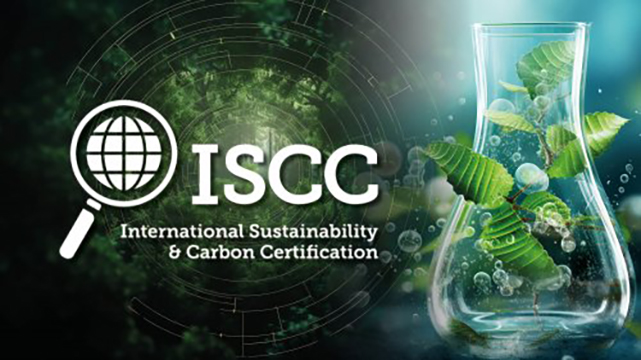More news
- Focus on industrial: Powering the energy industry during extreme heat
- Focus on powder coatings: The coatings industry’s transition to PFAS/PTFE-free solut...
- “We see sustainability as a purpose, as a reason for doing business” – P...
- Focus on industrial: High-performance coating protects tanks at biopolymer production plan...
- Focus on powder coatings: Novel high-speed crosslinking technology

Keith Nuthall reports for PPCJ on the latest European regulation and legislation updates affecting the coatings industry
The European Commission has unveiled plans to streamline European Union (EU) chemical assessment controls, notably creating a new central chemical risk database to be run by the European Chemicals Agency (ECHA). This will subsume some existing EU chemical databases, such as the Information Platform for Chemical Monitoring (IPCHEM), a repository of reference values and a database of study notifications, into its new system. Under the proposals, chemical risk assessment information will be passed to ECHA by the European Environment Agency (EEA), the European Agency for Safety and Health at Work (EU-OSHA), the European Food Safety Authority (EFSA) and the European Commission.
The EEA would be charged with establishing the systematic collection of EU human biomonitoring data “to inform policy makers about the levels of chemicals found in people”. This data would be passed to ECHA.
The proposal has been released alongside plans to better integrate the chemical risk assessment work of ECHA with the EEA, EU-OSHA, EFSA and the European Medicines Agency (EMA). That includes working to minimise and explain divergent analyses on chemical risks developed by these agencies.
And the Commission wants ECHA to gain additional responsibilities, such as developing a more comprehensive and transparent system regarding the imposition of restrictions on certain substances.
A long-trailed review of the EU’s existing chemical control system REACH, which was anticipated for last year (2023), seems to have been shelved, however. Maroš Šefčovič, the European Commission’s Vice President in charge of its signature Green Deal programme, told the European Parliament in October, “preparations will continue” and a reform proposal will be tabled “when it’s ready”. But this has not happened and with the current Commission’s term of office expiring this October, time is running out before a new executive is appointed this summer.
MEPs and EU ministers are now negotiating the final text of a new EU packaging and packaging waste directive, with industry association Metal Packaging Europe (MPE) (whose members make metal paint pots), warning the Council of Ministers has weakened planed commitments to enhance recyclability of materials. An EU Council of Ministers’ negotiating position approved in December cuts the number of performance grades for materials recycling (A to E) in Annex II from five to three. Ministers have also dropped earlier plans to set qualitative criteria to assess companies’ recycling performance.
READ MORE:
EU regulations round-up December 2023: Ministers and MEPs approve new chemical classification law
ECHA has reported that imports into the EU of benzene, used as a solvent in the paint and coating sector, have continued at significant volumes, despite this chemical being listed in 2022 as hazardous. That means imports and exports of benzene must have special approval under the EU prior informed consent (PIC) regulation, but 18.8 million tonnes of chemical products containing benzene were imported into the EU that year, said ECHA. Benzene is exported from the EU at much lower levels.
The Committee for Risk Assessment (RAC) of ECHA has recommended that paint, coating, adhesive and printing ink ingredient HPMA (hydroxypropyl methacrylate) be categorised in the EU as having four important health risks. These include eye irritation, skin plus general respiratory sensitivity, and prompting asthma attacks.
The RAC has also advised that textile and clothing materials dye Reactive Brown 51 be categorised by the EU as being toxic to fertility and a skin sensitiser.







